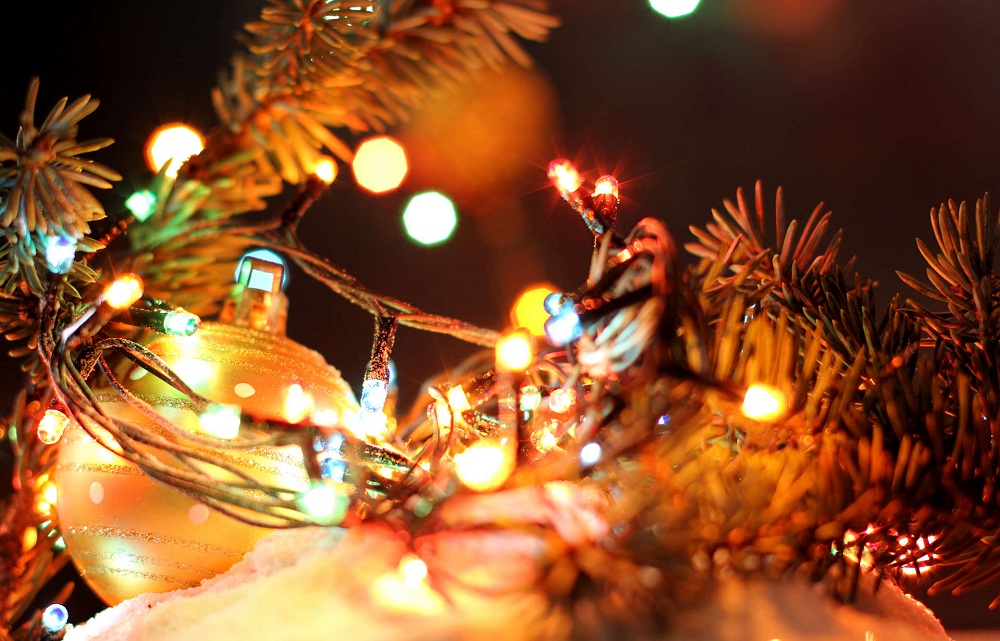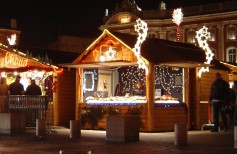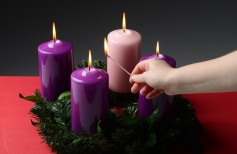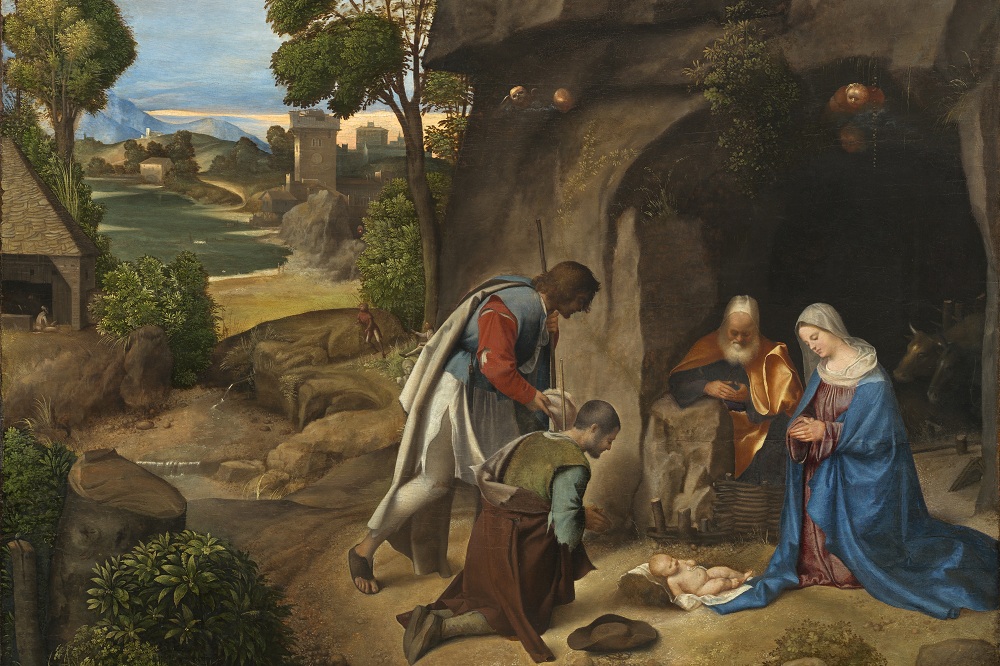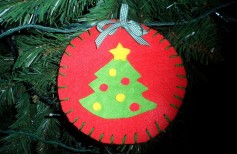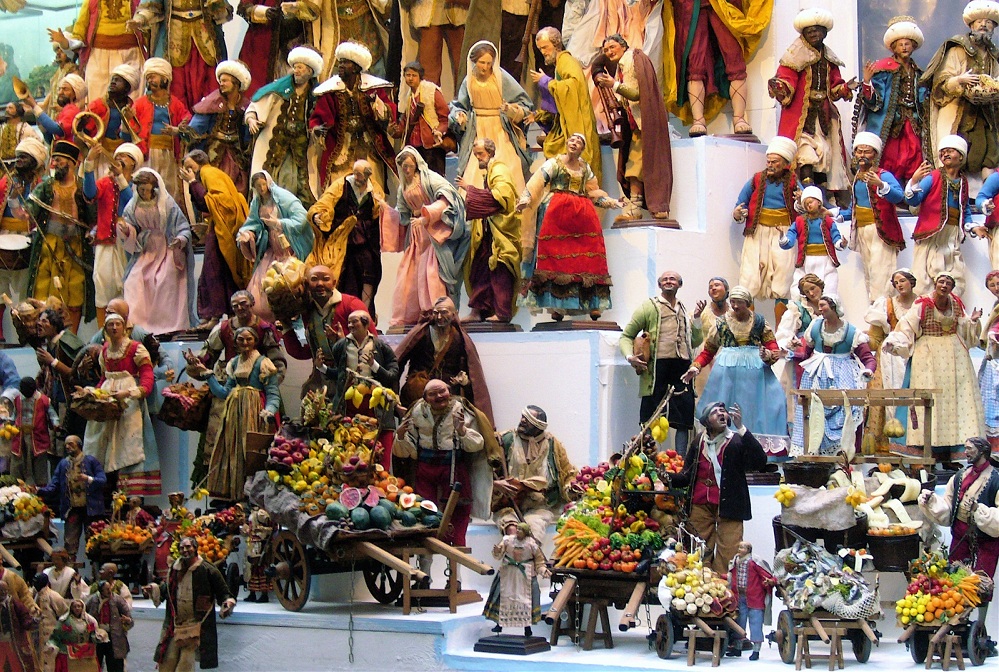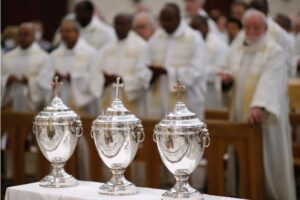Christmas is the richest holiday in terms of sacred and profane symbolism, all intersected throughout centuries until they became an indissoluble and indistinguishable one. All Christmas symbols and the habits related to each one were preserved form generation to generation. From the Nativity to the tree, from the mistletoe to the Advent Wreath, from the holly to the Panettone, all merge together to create a unique atmosphere, whose meaning is often forgotten when looking at the whole, but that can only spread among everyone.
The Nativity
The Nativity is maybe the most important symbol for catholics. From the stories of Evangelists Luke and Matthew, who described the Nativity, an immense mistery comes out: a God that chooses to become a man to descent among his Sons and lead them to Salvation, all enclosed in an apparently common event, in its semplicity, as the birth of a child in a starry night.
The Christmas tree
The Christmas tree has instead pagan origins. It is a symbol for life that renovates itself and that’s why it is usually an evergreen tree. During Medieval times, the first Christmas trees were decorated with paper flowers, fresh and dry fruits, and other symbols for wealth, to recall the Garden of Eden and the Tree of Knowledge of good and evil. Later, people began to decorate Christmas trees with candles, symbols for Advent and for the Savior that defeats the darkness of sin, and place them inside their houses.
The Advent wreath
Also the Christmas candle symbolically recalls Jesus as bringer of light and salvation, while the four candles of the Advent wreath are on one side a reference to ancient pagan traditions connected to light, and on the other side they are symbols respectively for Prophets, Betlehem, Shepherds and Angels. The lighting of each candle corresponds to a moment of prayer.
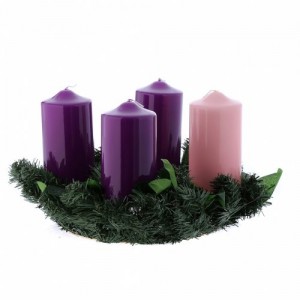
The habit of exchanging gifts on Christmas is probably of Roman origins: Romans used to exchange gifts on New Year’s Eve and during other strennas feasts, from the name of the sabine goddess Strenna. At the beginning they were auspicious laurel, olive or fig twigs, but they were soon replaced by actual gifts. Inside the Christian sphere, the gifts exchange is associated with the symbology of god that gives his only Child to men.
Santa Claus
Santa Claus brings gifts to children during the night between December 24th and 25th. He can be associated with several characters present in many cultures all over the world, even if the closest seems to be Saint Nicolas. He was bishop of Myra and performed some miracles that allowed him to save some children. Only at the beginning of the 19th Century he began to be represented dressed in red and with a long beard, while in the 20th Century American advertising agencies made that the official representation we all know.
The Christmas log symbolically represents the Tree of Life and the salvation brought by Christ: with that, people heated up their homes to make them more comfortable on the event of his coming.
Lastly, mistletoe is considered to be auspicious. It grows on other trees trunks, has no roots to the ground, and its white berries grow in nine months, as a human child, gathering in groups of three, sacred number in many cultures. In ancient time it was believed to be healing for any sickness, and if hanged outside the house, it would grant prosperity and wealth.


